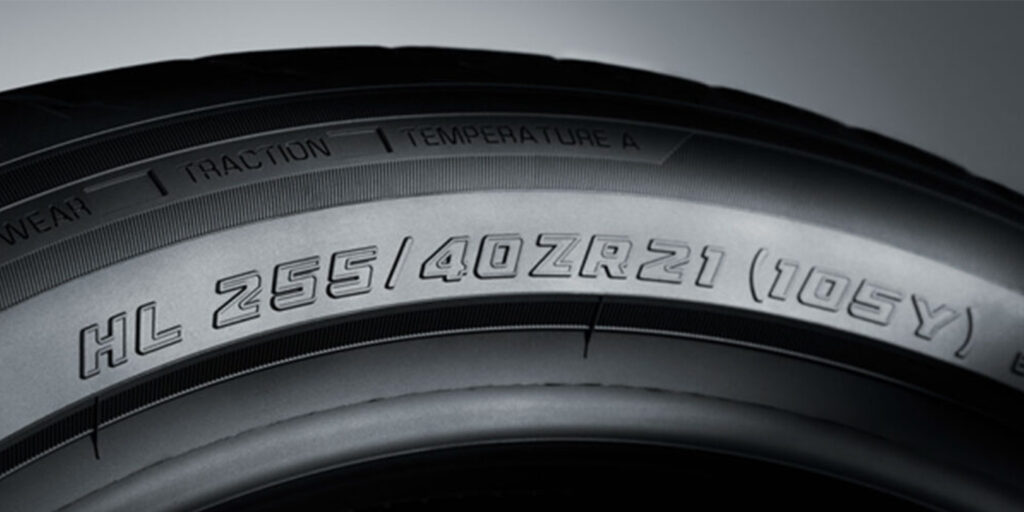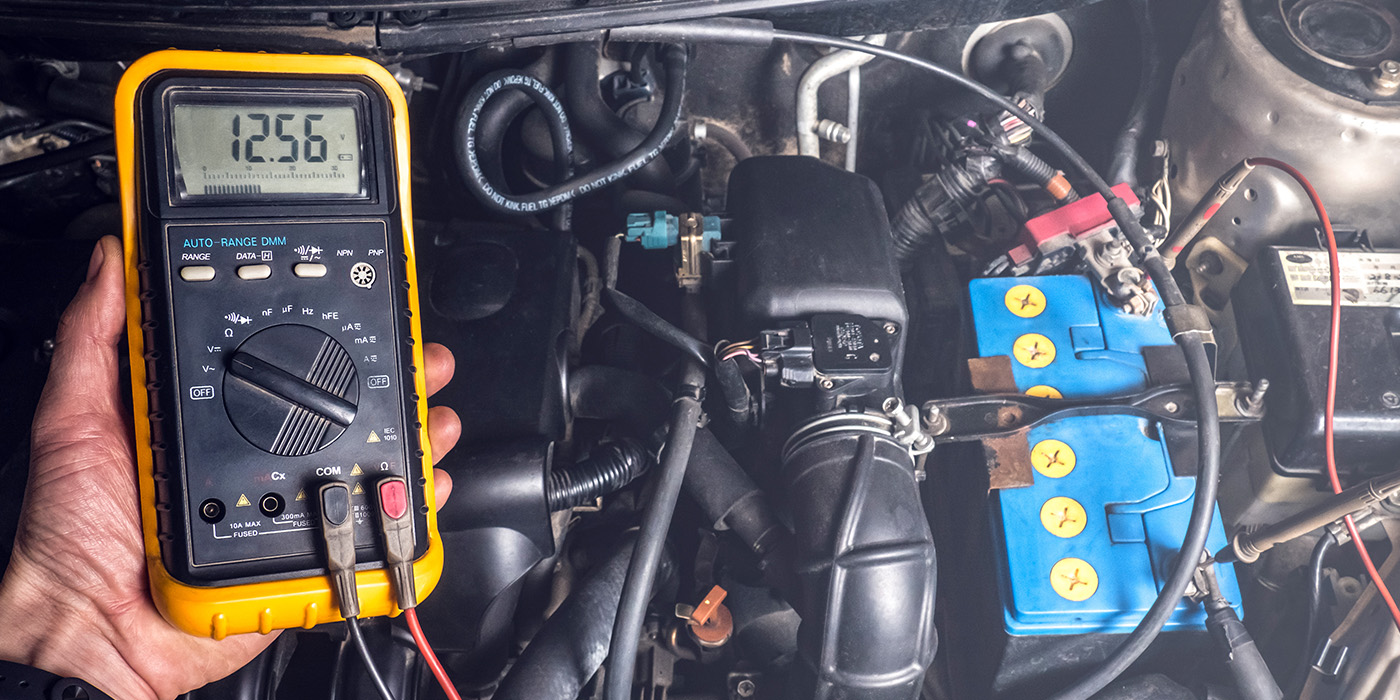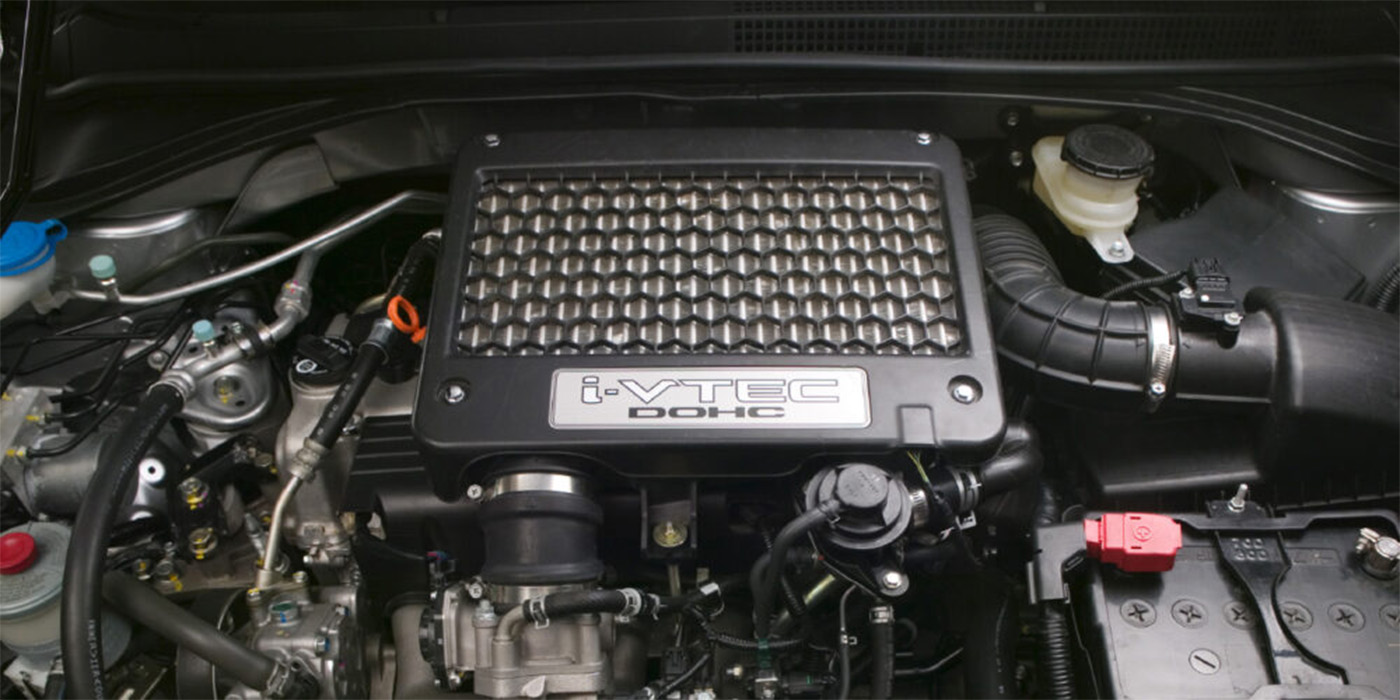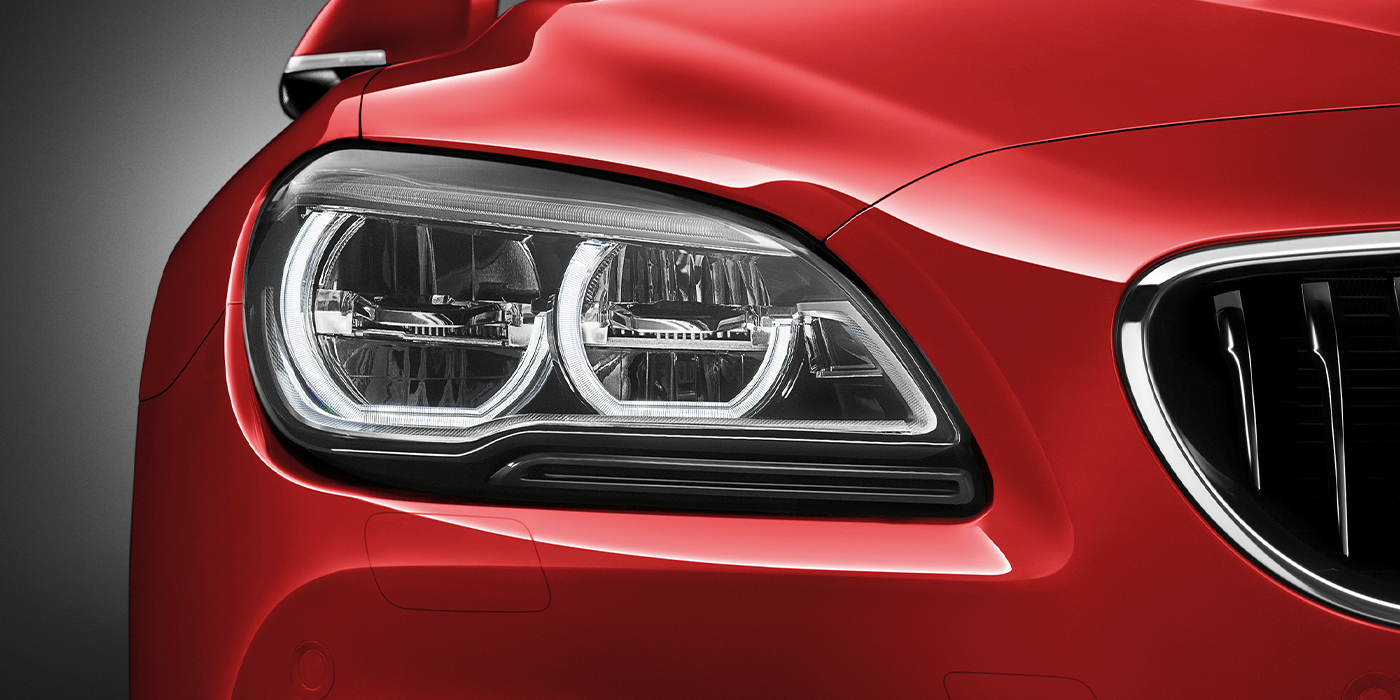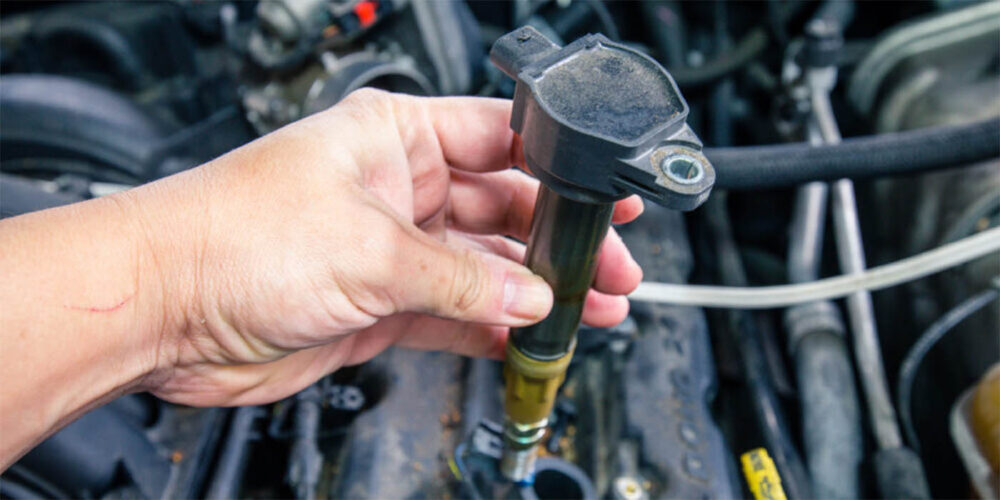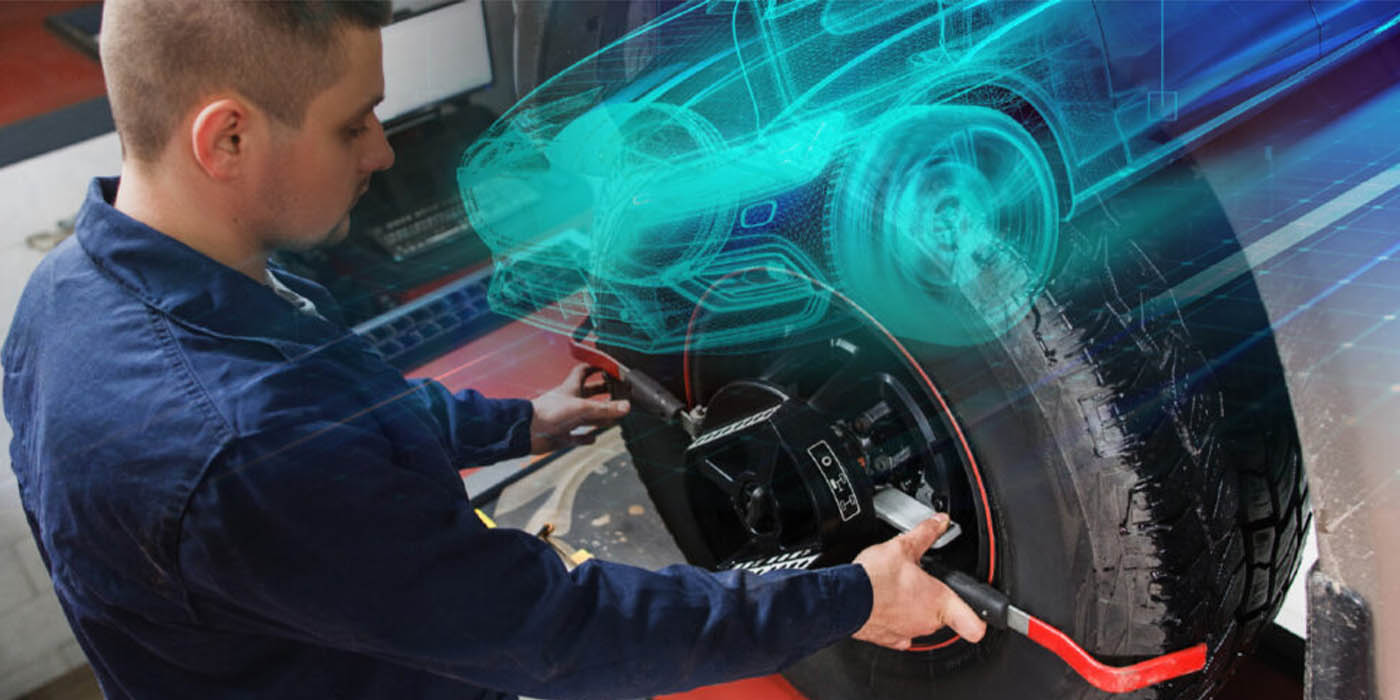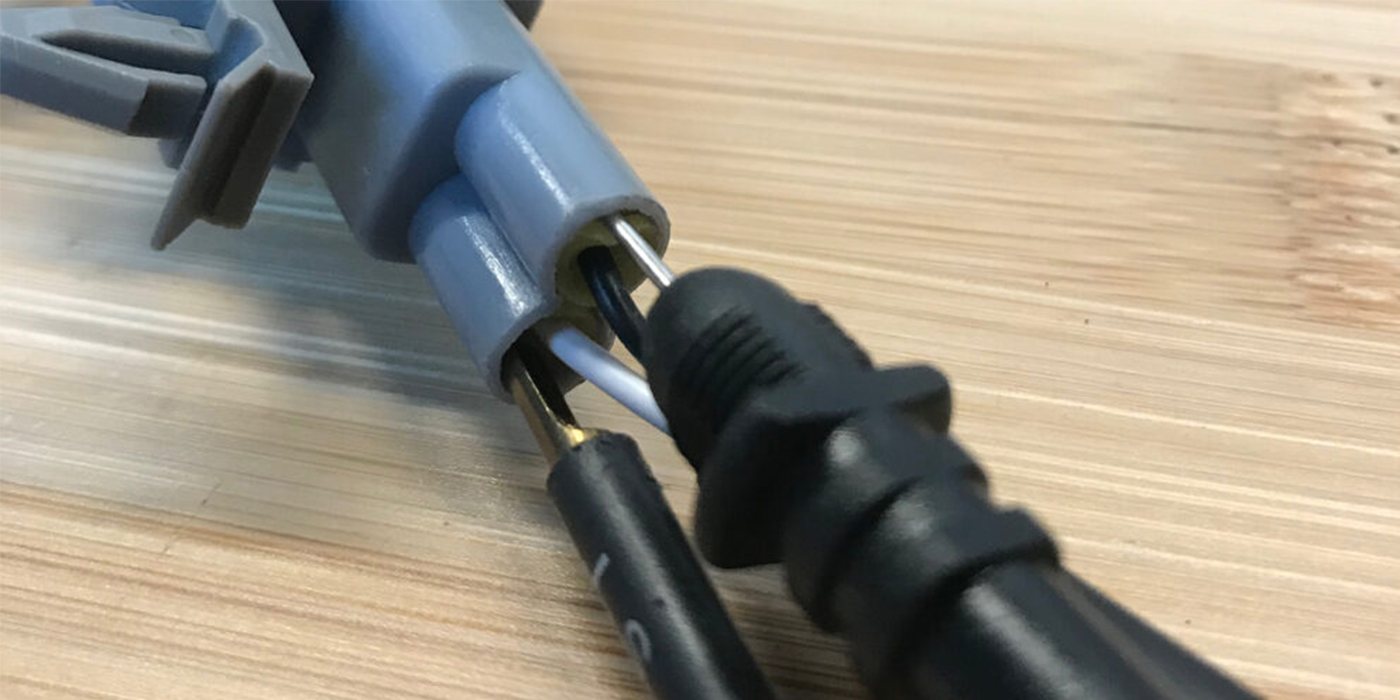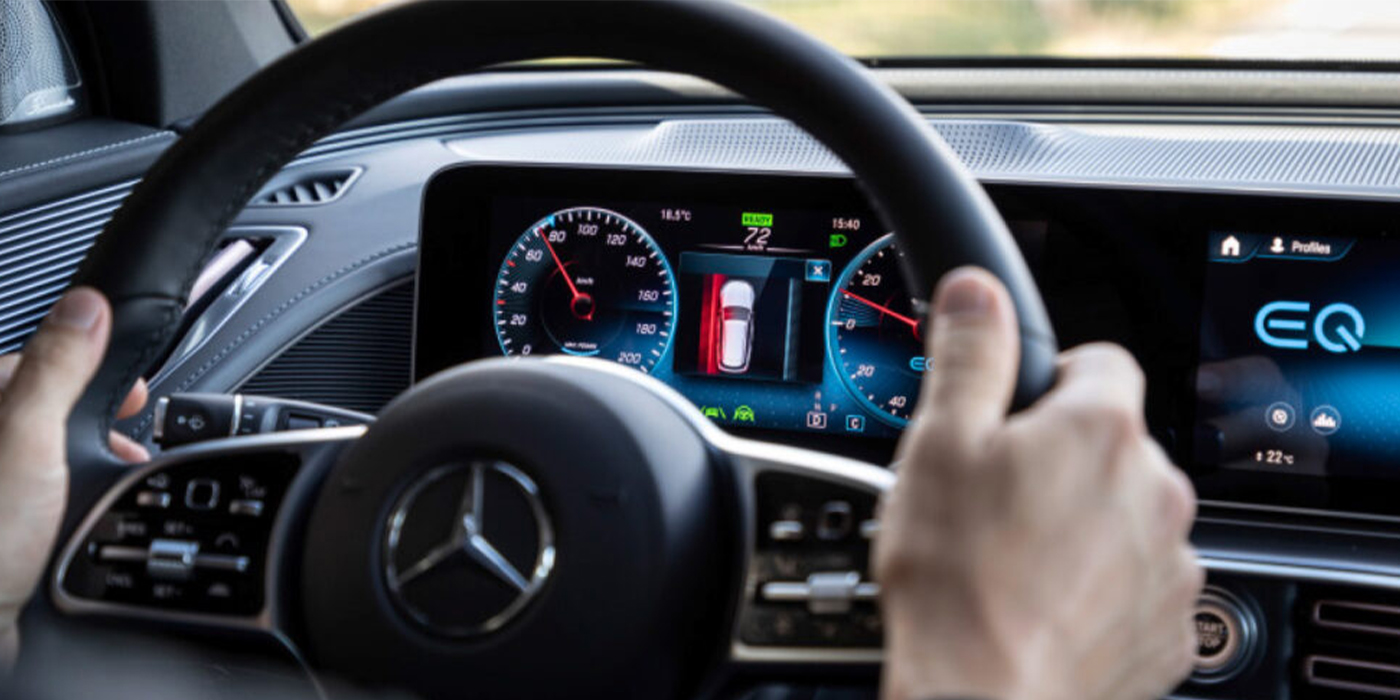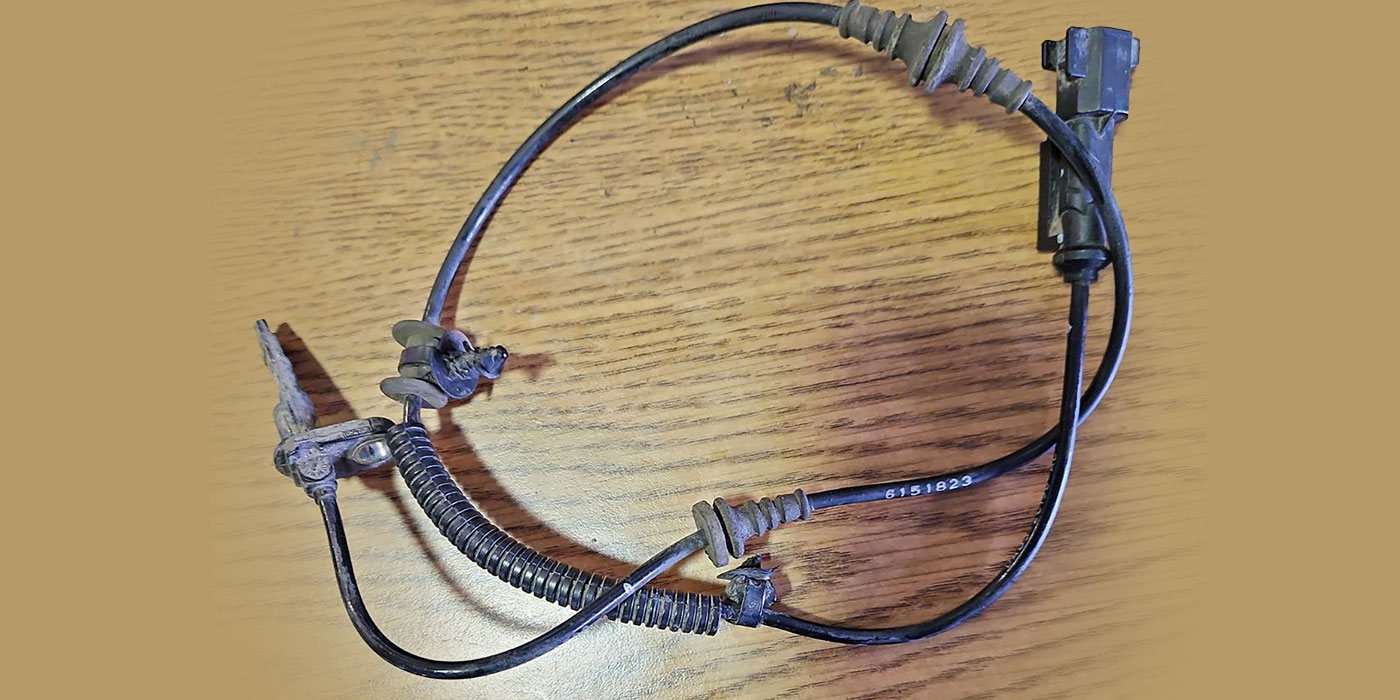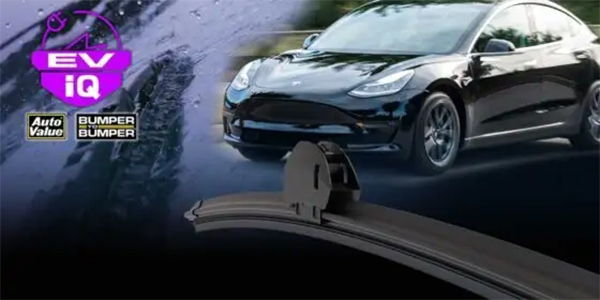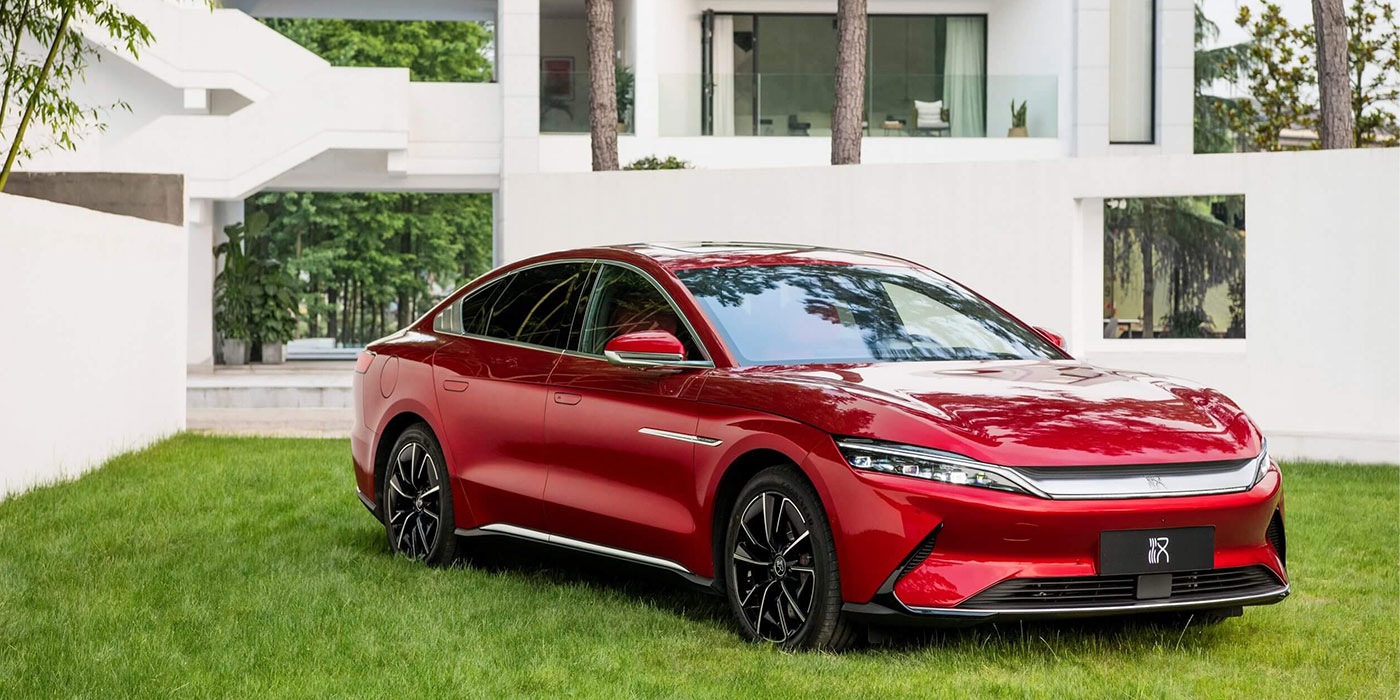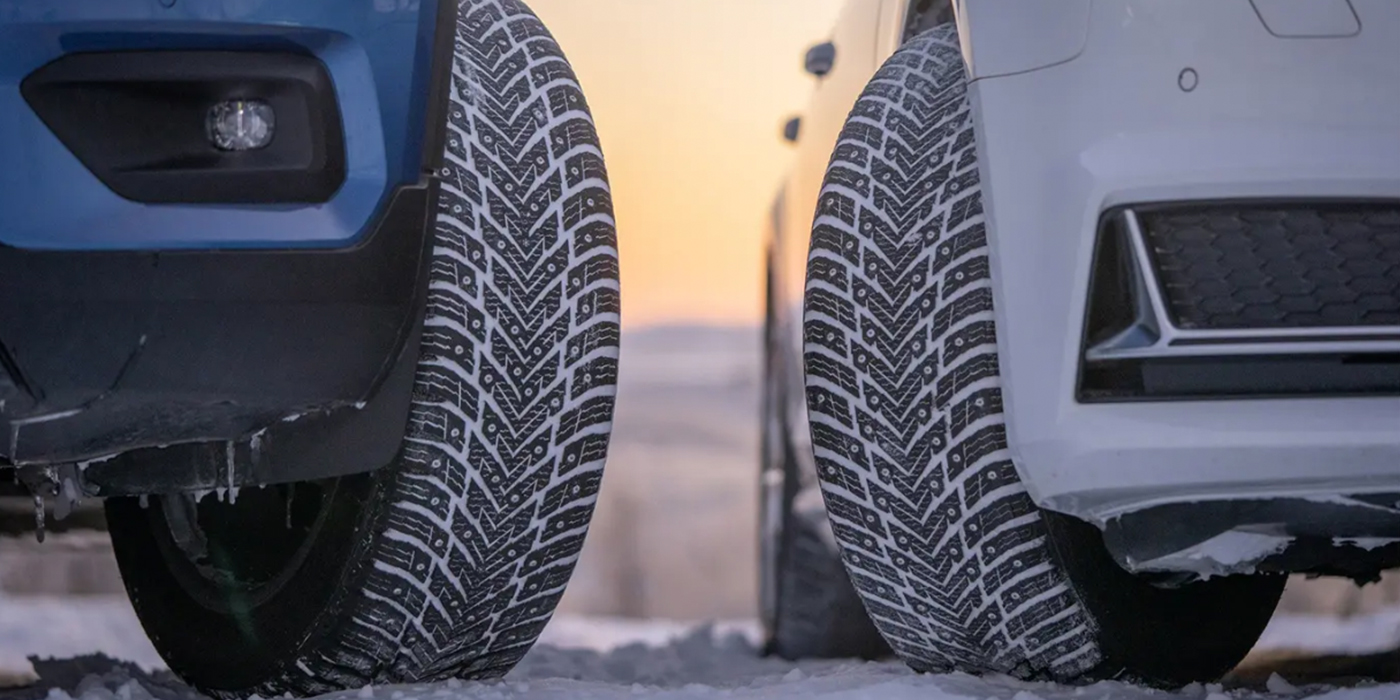Something in every vehicle needs to carry the vehicle and payload. It just so happens that the black, round objects in the four corners of the vehicle are designed to do the job, and the amount of weight they can carry is known as the tire’s load-carrying capacity.
In short, the load-carrying capacity of a tire is a function of tire size and the amount of pressure that tire holds. Obviously, the bigger the tire is, the higher load carrying capacity is. The two or three digits after the rim diameter on tire sizing are known as service descriptions. Service descriptions show the maximum loading capacity of a tire allowed on it and specifies the maximum condition that the tire can be run.
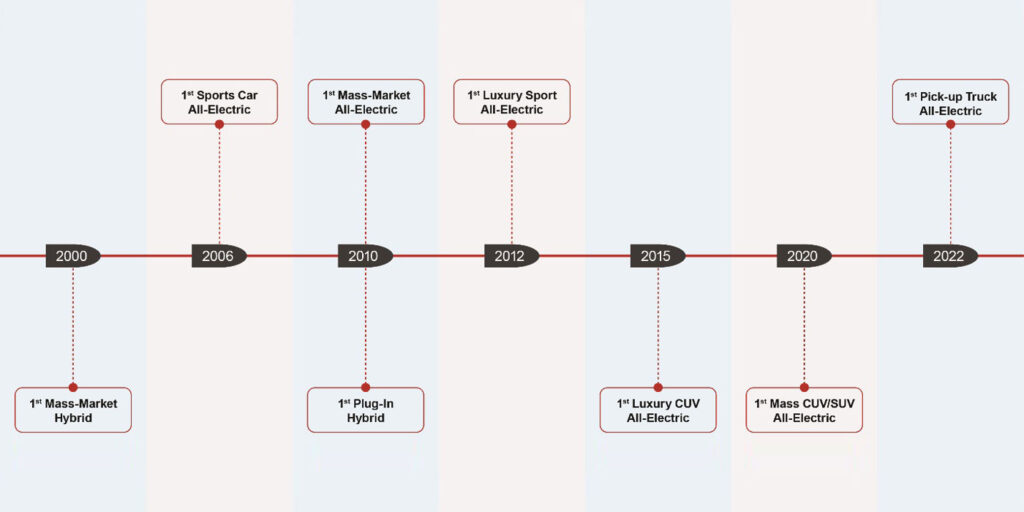
Until recently, passenger tires were identified as light load (LL), standard load (SL) or extra load (XL) on the sidewall. This is the same in both P-metric and Euro-metric sizes, however, the inflation pressure at maximum load slightly varies between the two. With the advancement in the vehicle world and the introduction of heavier vehicles into the market, the need for a higher load-carrying capacity tire has surfaced. Vehicle needs have changed, so tire design needs to be adopted, too.
Not long ago, the majority of the design on vehicles was centered around lighter vehicles and better fuel-efficient components. As a result, existing tire loading was good enough to manage the vehicles. If vehicle manufacturers wanted to go to higher vehicle weight, they simply moved to bigger tires or moved from a standard load (SL) tire to an extra load (XL) tire.
Fardad Niknam is Yokohama Tire Corp.’s director of segment development. He has held previous product development positions at Continental Tire, Toyo Tires and Carlisle Tire & Wheel. He holds two patents and has written over 30 papers on tire development and performance. in this article from Tire Review, he explains that the high load (HL) concept is not solely for EV and hybrid vehicles. The concept is currently in use for a handful of other OE vehicles which are fitted with HL tires. The new concept will allow vehicle manufacturers to stay with current tire sizing without the need of a bigger wheel and tire package and can control the overall cost of vehicles.

